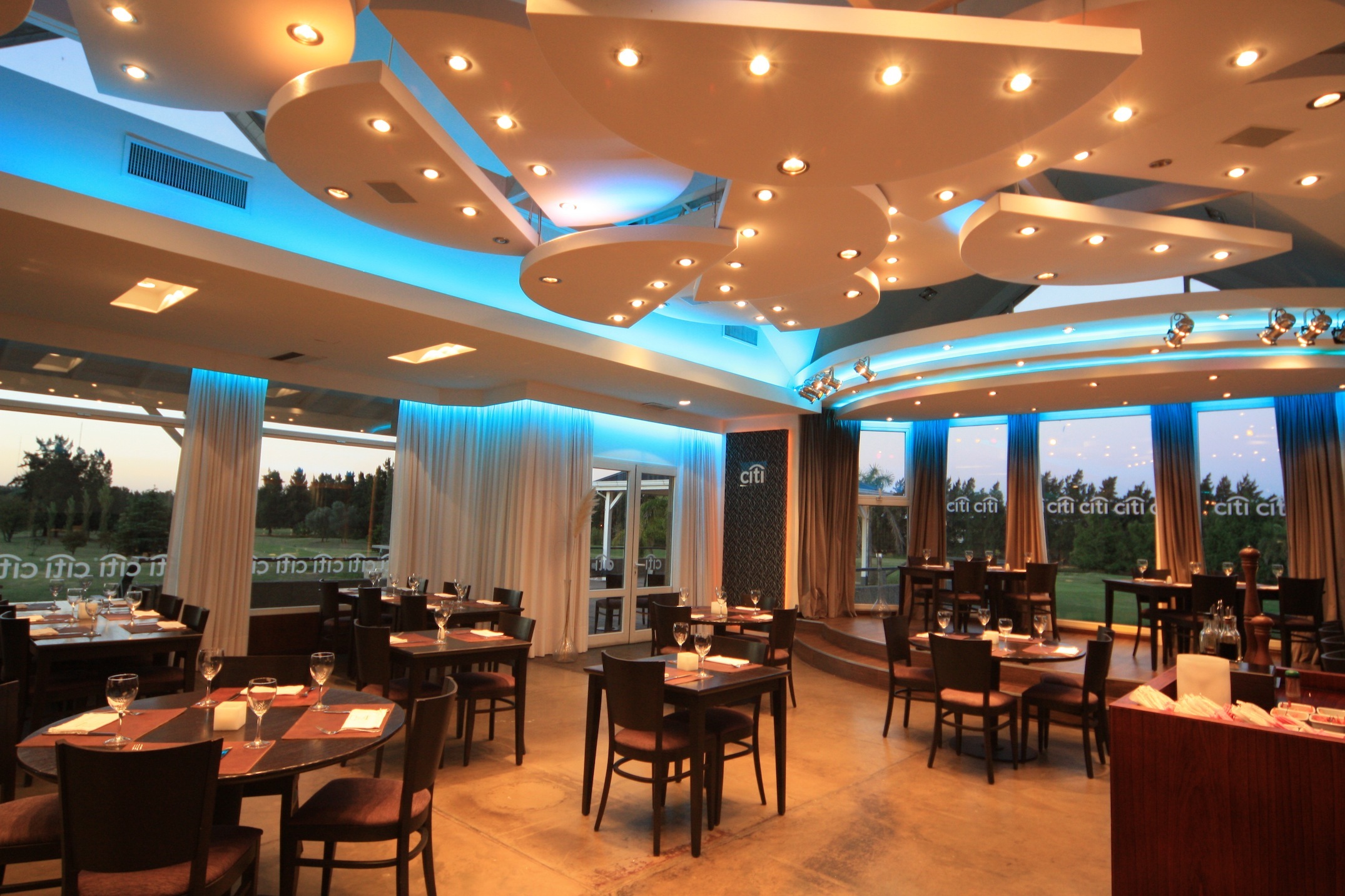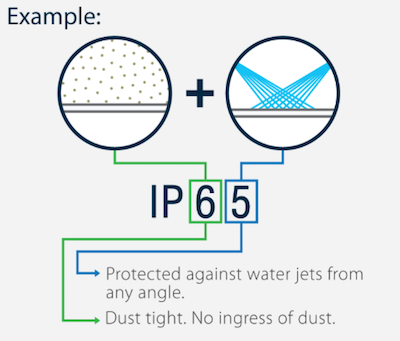A good LED system will last for years, deliver the right amount of light for the area and the people working in it, and will not generate unnecessary heat. A bad LED system will have a shorter effective working life, may not generate enough light for as long as expected, and may also cause other problems. So, knowing what to look for and how to spot a bad LED will pay dividends.
Warranty
LED lighting should last for many years. Most manufacturers offer a minimum 5-year warranty and many are beginning to offer a 10-year as the standard. Any fixture with less than a 5-year warranty suggests a higher potential for quality issues.
Illumination
Brightness is given in lumens, not wattage. Older technologies typically offer an omnidirectional output, while LED offers the ability to direct the light where it is needed using specially designed optics built into the fixture.
The LED Chip and Capacitor
The quality of the product depends to a critical extent on the chip. Traditionally, the best chips were manufactured in the USA and Japan, but now Korean and Chinese companies also make high quality chips. Chip quality depends on both the material used and its size. Smaller chips have a shorter life and provide less illumination. All LED fixtures will have a life expectancy, many quality manufacturers offer an L70 rating over 100,000 hours.
Color Temperature and Accuracy
Correlated Color Temperature (CCT) is a gauge of how yellow (warm) or blue (cool) the color of light emitted from a light bulb appears. It’s measured in the Kelvin unit and is most commonly found between 2200 Kelvin degrees and 6500 Kelvin degrees. Color Rendering Index (CRI) is a measure of a light source’s ability to show object an object’s “truest” color. Simply put, the metric is a number between 0 and 100 that is used to predict how well a product renders color. The closer to 100, the better – or truer – colors should look under its light. Color accuracy matters in many manufacturing plants where detail is key.
Summary Point
LED lighting is essential for a safe and efficient work environment. Choosing and installing the right type of lighting for each area is essential for both worker efficiency and product life. There are countless online retailers and fly by night manufacturers that can offer an LED fixture, although quality manufacturers offer quality materials, heat sink technology and design to provide a long lasting, energy efficient product. Contact us, to discuss your needs.


